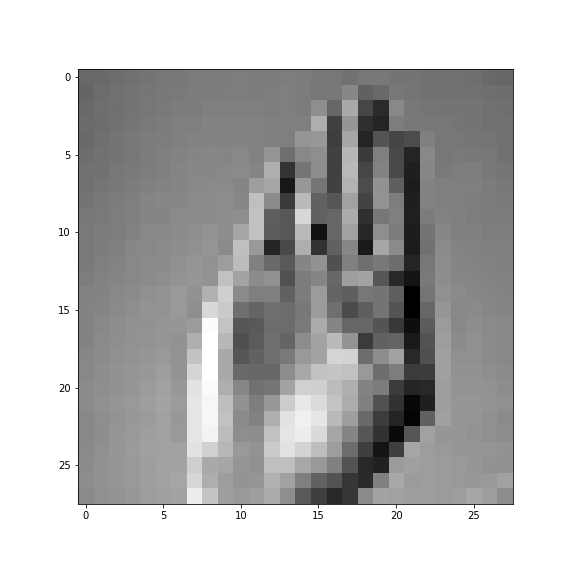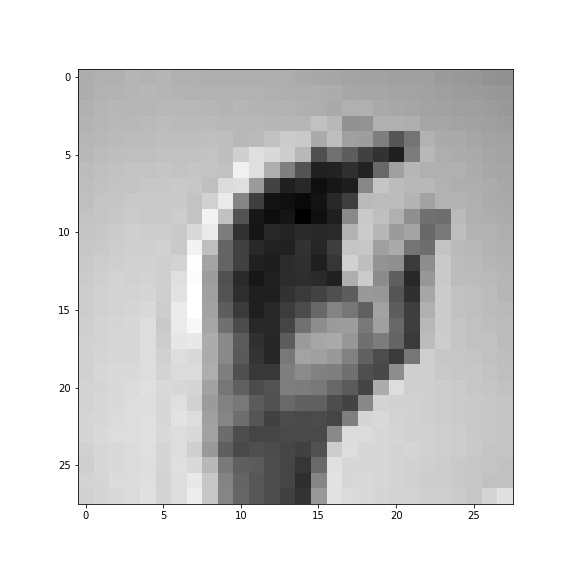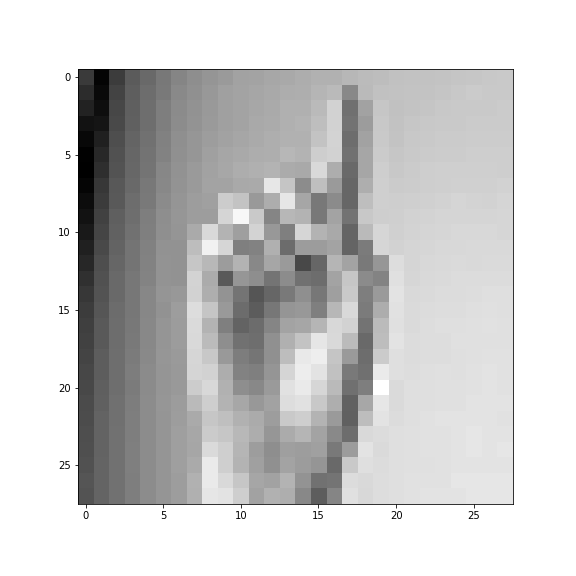Defining neural networks with Keras
Introduction to TensorFlow in Python

Isaiah Hull
Visiting Associate Professor of Finance, BI Norwegian Business School
Classifying sign language letters




The sequential API

The sequential API
- Input layer
- Hidden layers
- Output layer
- Ordered in sequence
Building a sequential model
# Import tensorflow
from tensorflow import keras
# Define a sequential model
model = keras.Sequential()
# Define first hidden layer
model.add(keras.layers.Dense(16, activation='relu', input_shape=(28*28,)))
Building a sequential model
# Define second hidden layer
model.add(keras.layers.Dense(8, activation='relu'))
# Define output layer
model.add(keras.layers.Dense(4, activation='softmax'))
# Compile the model
model.compile('adam', loss='categorical_crossentropy')
# Summarize the model
print(model.summary())
The functional API

Using the functional API
# Import tensorflow
import tensorflow as tf
# Define model 1 input layer shape
model1_inputs = tf.keras.Input(shape=(28*28,))
# Define model 2 input layer shape
model2_inputs = tf.keras.Input(shape=(10,))
# Define layer 1 for model 1
model1_layer1 = tf.keras.layers.Dense(12, activation='relu')(model1_inputs)
# Define layer 2 for model 1
model1_layer2 = tf.keras.layers.Dense(4, activation='softmax')(model1_layer1)
Using the functional API
# Define layer 1 for model 2
model2_layer1 = tf.keras.layers.Dense(8, activation='relu')(model2_inputs)
# Define layer 2 for model 2
model2_layer2 = tf.keras.layers.Dense(4, activation='softmax')(model2_layer1)
# Merge model 1 and model 2
merged = tf.keras.layers.add([model1_layer2, model2_layer2])
# Define a functional model
model = tf.keras.Model(inputs=[model1_inputs, model2_inputs], outputs=merged)
# Compile the model
model.compile('adam', loss='categorical_crossentropy')
Let's practice!
Introduction to TensorFlow in Python

